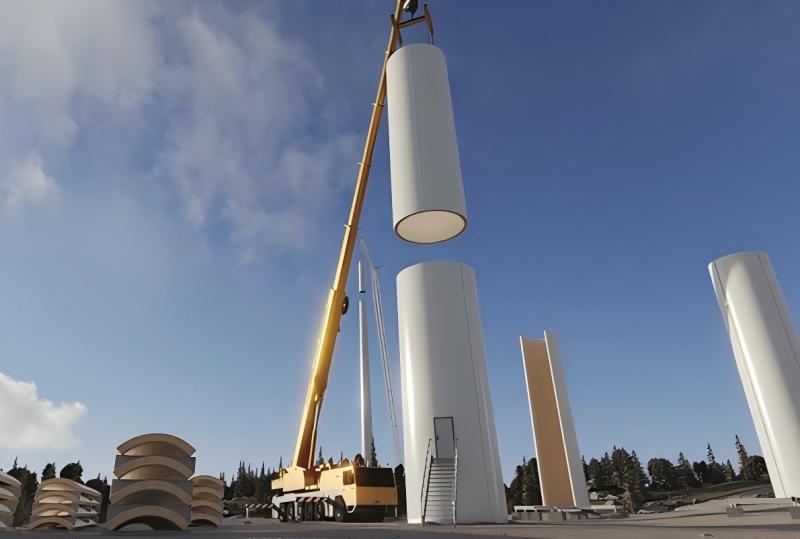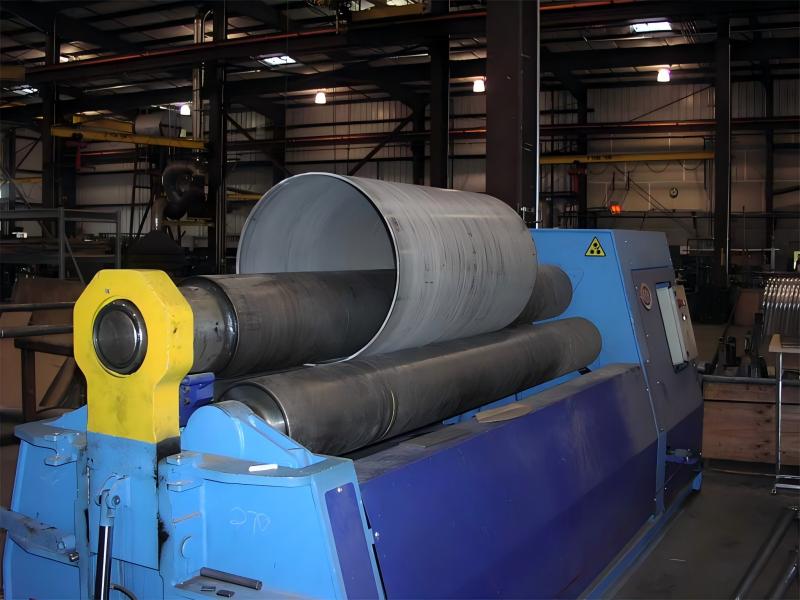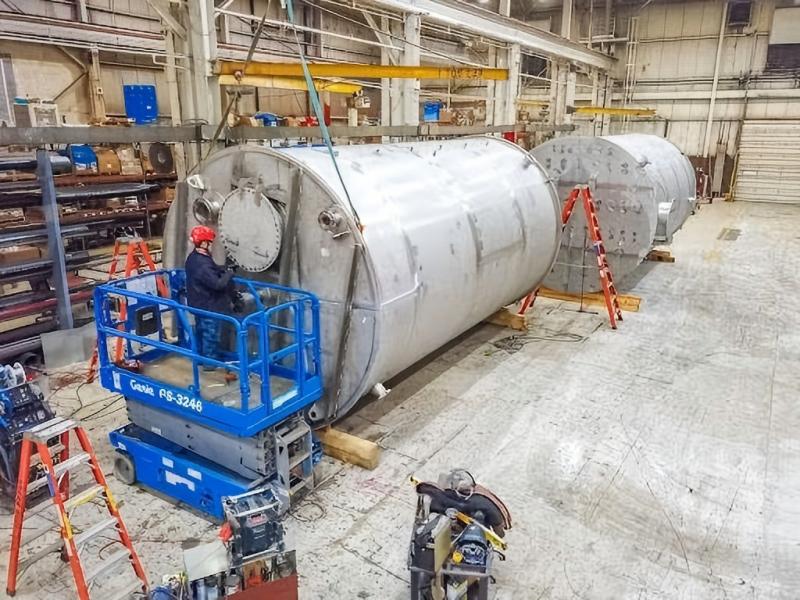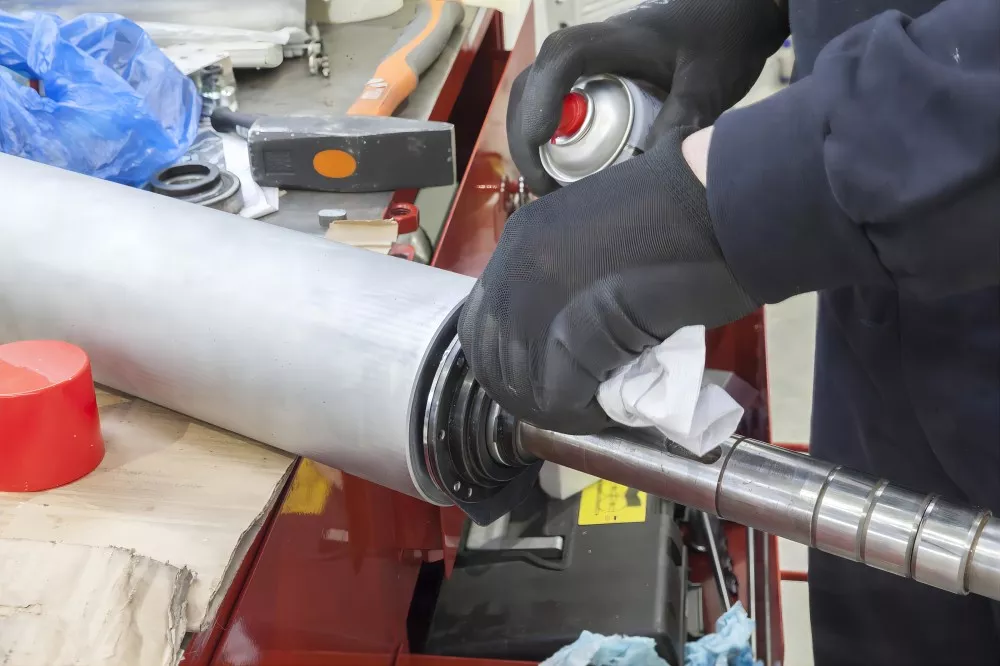Documentation Hub
Comprehensive technical manuals and guides to help you master HARSLE machines and optimize your metalworking efficiency
What Are the Applications of Rolling Machines in Energy Industry?
Rolling Machines in Energy Industry play a critical role in shaping and fabricating metal components used across various energy sectors. From producing cylindrical structures for wind towers to forming heavy steel plates for oil and gas pipelines, these machines are indispensable for ensuring precision, efficiency, and cost-effectiveness. If you’re curious about how rolling machines can be applied to energy-related projects and what benefits they bring, you’re in the right place. In this article, I’ll walk you through their main applications, setup tips, maintenance practices, and answer common questions so you can better leverage these machines for your energy industry needs.
Applications of Rolling Machines in Energy Industry
Supporting Renewable Energy Infrastructure

Rolling machines are widely used to fabricate cylindrical and conical sections of wind turbine towers, solar panel supports, and other renewable energy structures. By precisely rolling large steel sheets, they help manufacturers produce strong and uniform components that meet strict safety and performance standards. This ensures faster assembly on site and improved longevity of renewable energy installations.
Building Oil and Gas Pipelines

In the oil and gas sector, rolling machines are vital for forming thick steel plates into pipes and pressure vessels. They handle heavy-duty materials with high precision, creating seamless tubes that can withstand extreme pressure and corrosion. Using rolling machines also reduces material waste and shortens production cycles, making them a cost-effective solution for pipeline manufacturing.
Fabricating Energy Storage Tanks

Energy facilities require large tanks to store oil, gas, chemicals, or renewable fuels. Rolling machines enable the production of perfectly curved tank shells from flat plates. This improves the efficiency of welding and assembly, ensuring leak-proof and durable storage solutions for energy companies.
Producing Structural Components for Power Plants
Power plants—whether thermal, nuclear, or hydroelectric—use massive metal structures and equipment. Rolling machines are employed to create boilers, turbines, ducts, and support frameworks. Their precision helps maintain alignment and dimensional accuracy, which is critical for safety and operational efficiency in power generation.
How to Set Up a Rolling Machine for Energy Applications
Preparing the Work Area

Before starting, make sure the work area is clean, well-lit, and free of debris. A level floor ensures stable operation and accurate rolling. Safety barriers or markings can also help keep operators aware of moving components.
Adjusting the Rollers for Material Thickness
Energy projects often involve thick and heavy steel plates. Adjust the roller gap according to the plate thickness and material specifications. Proper calibration prevents material damage and ensures consistent rolling performance.
Aligning and Feeding Large Plates
For large and heavy plates used in energy infrastructure, alignment is critical. Use mechanical lifting aids or overhead cranes to feed the plates safely into the machine. Gradually increase the rolling pressure until the desired curvature is achieved, checking alignment at each pass.
Maintenance Tips for Rolling Machines in Energy Industry
Routine Inspections
Conduct regular inspections of rollers, hydraulic systems, and electrical controls. Energy industry projects demand high reliability, so spotting wear and tear early is essential to avoid downtime.
Lubrication and Cleaning

Lubricate all moving parts, including bearings and gears, to minimize friction and extend service life. Keep rollers free of dust, oil residues, and debris to maintain surface quality and prevent material contamination.
Preventive Maintenance for Heavy-Duty Use
Given the heavy-duty nature of energy-related manufacturing, schedule preventive maintenance at shorter intervals. Replacing worn-out parts and checking calibration frequently ensures the rolling machine remains ready for demanding projects.
FAQs
What types of energy projects benefit most from Rolling Machines in Energy Industry?
Rolling machines are essential for manufacturing wind turbine towers, oil and gas pipelines, energy storage tanks, and structural components of power plants.
How do I ensure accuracy when rolling thick plates for energy infrastructure?
Always level the machine base, adjust the roller gap precisely for the plate thickness, and use digital gauges or templates to verify curvature during the rolling process.
How often should I maintain my rolling machine for energy applications?
For heavy-duty energy projects, inspect and maintain your machine every 300–500 hours of operation. This includes checking rollers, hydraulic systems, and lubrication points.
Conclusion
Rolling Machines in Energy Industry enable manufacturers to produce critical components for renewable energy, oil and gas, and power generation projects with precision and efficiency. By following proper setup practices and performing regular maintenance, you can ensure consistent quality, reduce downtime, and extend the life of your equipment.
If you’re looking for reliable rolling machines or need expert advice on selecting the right model for your energy industry applications, feel free to contact our team at HARSLE. We’re here to help you power your projects with top-quality equipment and support.













